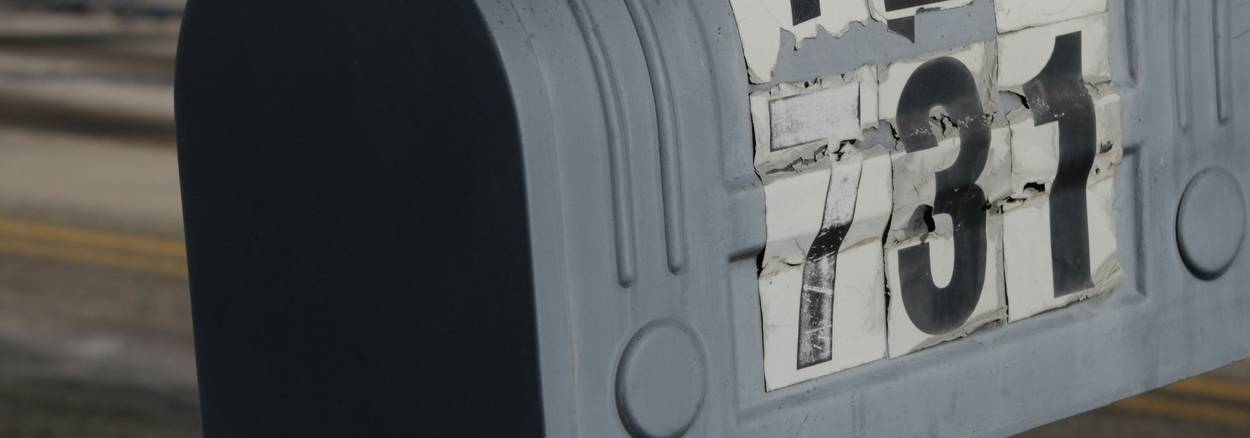What Makes a Late Fee “Reasonable” Under Civil Code §1671?
California Civil Code §1671 states that contract damages set in advance must represent a reasonable forecast of the harm caused by breach. In rental housing, the “harm” is the landlord’s administrative inconvenience and potential cash-flow crunch when rent arrives late. If a fee far exceeds that genuine cost—say, 15 % on a $3,000 San Francisco flat—courts call it a penalty and strike it down. Judges weigh two questions:
- Was the fee negotiated or simply inserted by the landlord?
- Does the amount roughly match late-payment collection costs (bank charges, staff time)?
Tenants challenging an excessive fee should gather evidence: copies of comparable leases at the property, proof of the landlord’s automated payment system, and any emails admitting the fee was meant “to motivate timely rent”—a red flag indicating pure penalty intent.
Typical Lease Clauses & Red Flags
Many tenants sign boiler-plate clauses without realizing they violate the late fee California limit. Below is a real-world excerpt (names removed) followed by a compliant rewrite.
“If rent is not received by 6:00 PM on the 1st of the month, Tenant agrees to pay a late charge of $200 plus $25 each additional day thereafter.”
Why this fails:
- Flat $200 may exceed 10 % of market rents—unlikely a reasonable forecast.
- Daily compounding is almost always deemed punitive.
- No grace period provided.
Compliant alternative:
“If rent is not received by 11:59 PM on the 5th calendar day of the month, Tenant shall pay a one-time late fee equal to 5 % of the monthly rent ($ on a $2,000 rent) to compensate Owner for collection costs.”
The revised clause adds a clear grace period, uses a percentage aligned with court precedents, and clarifies the fee’s purpose. Tenants seeing vague or compounding language should request a rewrite before signing—or be ready to challenge the fee later.
Percentages California Courts Have Approved (or Rejected)
| % Fee | Rent Level Tested | Court Outcome | Case Citation |
|---|---|---|---|
| 5 % | $1,050 | Upheld | Green v. Brennan |
| 6 % | $1,900 | Upheld | Lopez v. Vista Manor |
| 8 % | $850 | Upheld (borderline) | Orozco v. Caspian |
| 10 % | $1,200 | Struck Down | Rivera v. Kingdom Props. |
| Flat $150 | $900 | Struck Down | Carter v. Park Plaza |
While courts examine context, the sweet spot appears between 5 % and 8 %. Anything above—especially without documentation—risks refund orders and statutory penalties.
Grace Periods: 3-, 5-, and 10-Day Models Explained
California statutes do not require any grace period—rent is due when the lease says. Nevertheless, most professionally managed properties implement at least three days to avoid immediate late fees. Local ordinances occasionally mandate longer windows. For example, the Los Angeles RSO instructs owners to allow a minimum of five days before charging. Santa Monica’s charter goes further, letting tenants avoid a fee until the sixth day.
Tenants should read both the lease and any local rent-control handbook to confirm the applicable grace span. Landlords intending to shorten a period must issue a written change notice—usually 30 days in advance under state notice rules.
How to Dispute an Illegal Late Charge
An excessive fee can be recovered through negotiation or in small claims. Start by sending a certified letter citing Civil Code §1671 and requesting a refund. Our sample letters library includes a template you can adapt. If the landlord refuses, file in small-claims court for the amount plus interest and court costs—up to $12,500. Bring proof: lease clause, payment ledger, and correspondence. In cities with rent boards, file a petition first; many boards order refunds administratively, saving filing fees.
Sample “Late Fee Math” Scenarios
| Monthly Rent | % Clause | Calculated $ Fee | Flat-Fee Alternative | Risk Level |
|---|---|---|---|---|
| $1,500 | 5 % | $75 | $75 | OK |
| $1,800 | 6 % | $108 | $100 | Borderline |
| $2,400 | 8 % | $192 | $195 | High |
| $950 | 10 % | $95 | $150 | Likely Void |
Quick Late Fee Estimator
Enter your monthly rent and the fee your lease charges to see if it exceeds the common 5 % / $50 comfort zone.
How to Challenge an Excessive Late Fee
- Review Lease & Local Ordinance – confirm the clause and any city-level caps.
- Gather Proof – ledger, screenshots, and bank notices showing payment date.
- Send Certified Demand – request removal within 10 days; see sample-letters/.
- Allow Landlord Response – keep communication in writing for the record.
- Pay Rent Minus Fee – state “paid under protest” on the memo line.
- File in Small Claims – cite “small claims court California security deposit not returned” style procedure for late-fee refunds.
- Collect Judgment – use wage garnishment or bank levy if landlord ignores ruling.
Frequently Asked Questions
Related Tenant Resources
Legal References
| Citation | Scope | Takeaway |
|---|---|---|
| Civil Code §1671 | Liquidated damages | Late fees must be a reasonable forecast of damages |
| LA Mun. Code §151.09(G) | Rent-stabilized units | $50 or 5 % cap, 5-day grace period |
| S.F. Admin. Code §37.3 | Rent-controlled units | Late fee may not exceed actual cost; 5-day grace |
| Berkeley Rent Ord. §13.76 | All covered units | Lower of $50 or 5 % after 7-day grace period |
